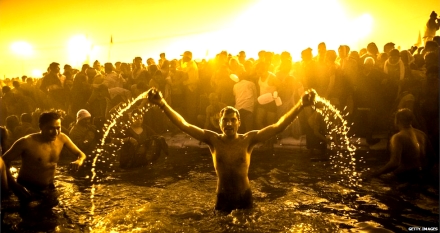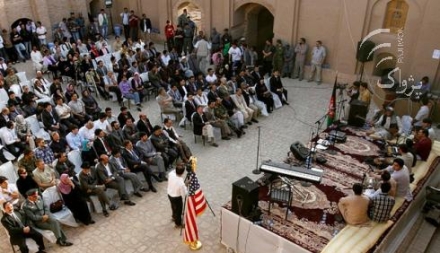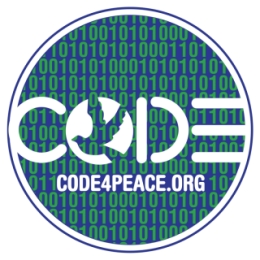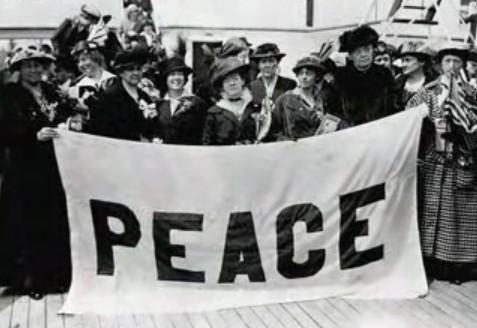Ludwig Van Beethoven once said that “music can change the world.” And so did Jimi Hendrix. The 2013 How Weird Street Faire showed again that music and art can bring thousands of extremely diverse people together to find common ground and celebrate peace.
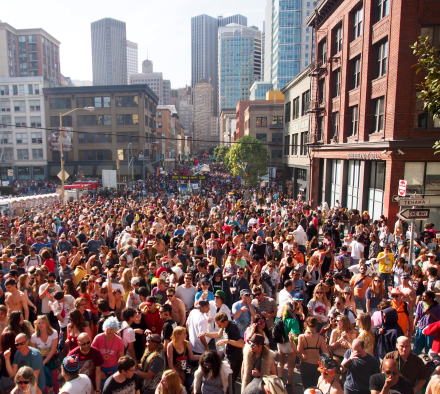
Weirdi Gras – Carnival of peace!
The How Weird Street Faire uses music, art, and dance to connect across divisions. Traditionally, dance has been one of the primary expressions of human culture, used for communication, community building, social interaction, healing, and religious ceremonies throughout the world. Preceding the spoken and written word, dance is a global language, transcending barriers and differences. And so is music.
Music crosses all bridges, borders, and time zones. Music transcends all ideologies, politics, religions, languages, cultures, and wealth. Music is oblivious to race, gender, age, and appearance. Music connects us all and reminds us that we are human.
The How Weird Street Faire is a world-class music festival that takes place in the streets of downtown San Francisco. It features a wide range of electronic dance music, uniting all the diverse communities of the Bay Area.

